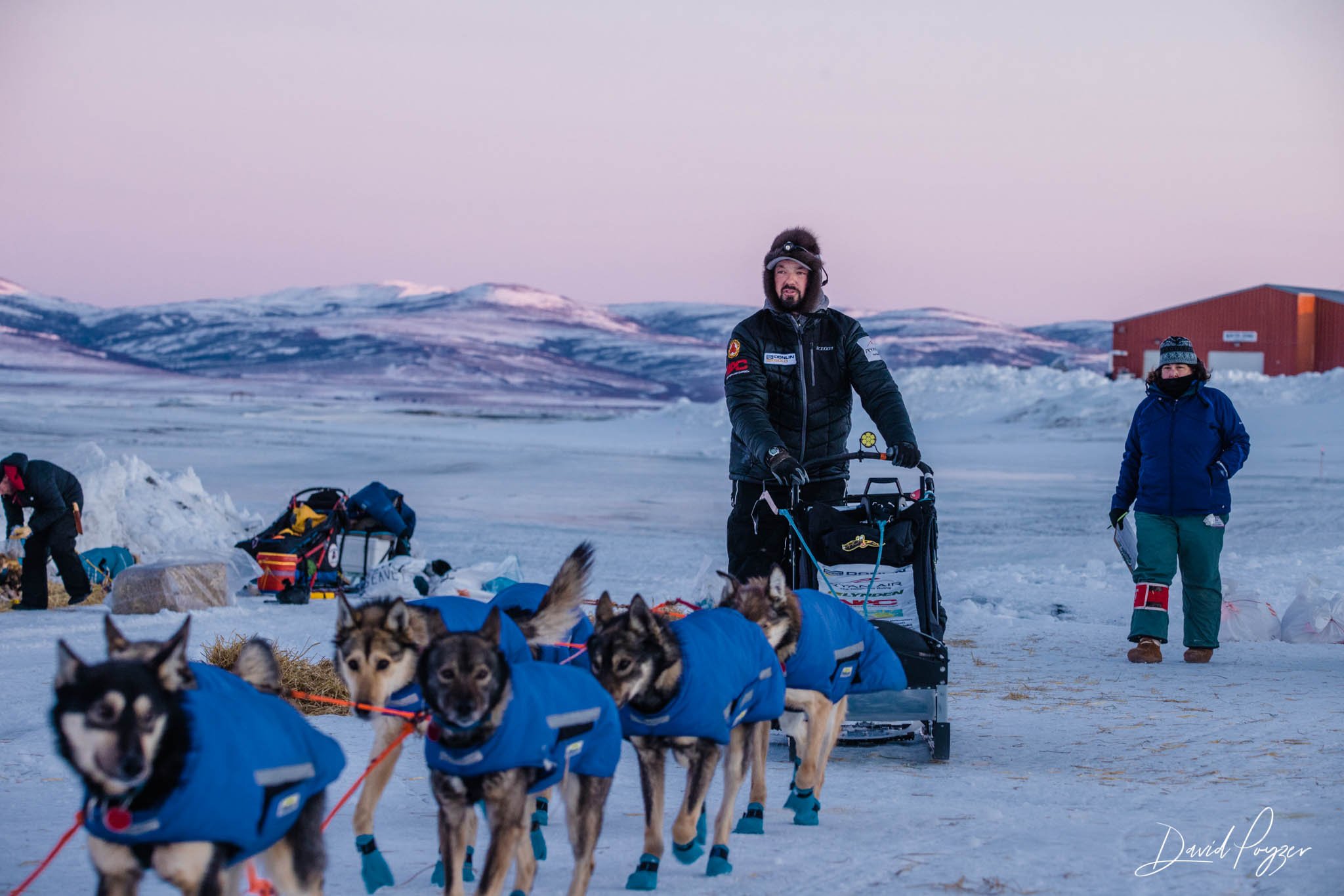The Guardians of Sled Dog Racing
The maintenance of health and wellbeing of sled dogs in mushing races is critical for both the animal welfare and race performance of the dog team.
Large teams of volunteer veterinarians are acquired to ensure that decisions during a mushing race are made with the dog’s best interest at heart. Margot Fairbanks, veterinarian and co-owner of Sivo Racing Kennel, has shared some valuable insights on the topic.
A Race Vet’s Tale
Margot Fairbanks examining a dog at the veterinarian’s office.
“For me, the desire to volunteer for sled dog races came from an interest to see the canine athletes perform and operate in their element so as to understand how to diagnose their issues better.”
Margot Fairbanks has been a veterinarian for years, but it wasn’t until a few years ago she found the interest in sled dogs and mushing, when she met 2018 Iditarod winner Joar Leifseth Ulsom. Since then, she has spent countless hours taking care of sled dogs at the kennel and during races.
We ask Margot to describe the main role of a veterinarian at mushing races.
“In a brushstroke, the role of the vet on trail is to determine the overall condition of the dogs as they arrive into the checkpoint and determine the fitness of the individual dog and team as a whole as it pertains to containing the race. Being confident and thorough in this is key. Once an area of concern is identified, either by the musher or myself, my focus is to categorize and determine the degree of that issue. Is it something that can be managed, allowing the dog to continue down the trail in the team? Is it something that the dog needs immediate attention in the field for? Does the dog need to be sent to an ER facility?”
Who’s the boss - musher or race veterinarian?
“Good communication with the musher is crucial when coming to an agreement on the best course of action for the dog. If a musher wants to return a dog based on something he or she has seen along the trail, I would never try to talk the musher out of it. I fundamentally feel that they know their dog best. Ultimately, the race vet has final say on whether a dog should proceed or not. I think it is very rare that there is an issue on this matter as I have found most mushers to be respectful of the race vet opinion.”
“Ultimately, the race vet has final say on whether a dog should proceed or not.”
Musher Dallas Seavey taking care of sore joints on his dogs.
The Value of Volunteering
Within the sport of mushing in general, there is an incredible willingness to volunteer in every aspect of the race. Veterinarians are no exception. In a big race like Iditarod, there are typically 50-55 vets acting on a voluntarily basis. Generally, around 90% of the vet staff come from outside the state of Alaska, and lots of them even travel from abroad! The willingness to contribute to the sport is just exceptional.
Pre-race Routines
Routines for veterinarian checkups before the race vary, depending on the size of the race. Smaller ones usually have mandatory, free vet exams a couple of days prior to race start. The vets will usually also be along the trail and at checkpoint, available to perform exams and take care of any injured or sick dogs.
“For big races like Iditarod there is a little more involved. Physical exams of the dogs are required for entry. Iditarod provides a time for mushers to bring their dogs for a free vet exam at Iditarod headquarters. At this exam, vaccination status for Rabies, Distemper, Parvo, Bordetella and Lepto must be verified. Iditarod also requires ECG and blood testing for all canine athletes. Mushers can declare up to 24 dogs for this program which is about three weeks prior to the race. Mushers must choose from these 24 dogs to race with and cannot substitute new dogs onto the roster. The ECG is checking for cardiac abnormalities or unseen cardiac disease. The bloodwork gives a picture into the general health of the animal as well as into specific organ function.”
During the Race
“Depending on the race, there may be specific forms to sign that confirm that the vet has performed an exam of each dog and gives them the go-ahead to continue on trail. In Iditarod, each musher takes a vet book with them in their sled as part of their mandatory gear to be shown to the officials at the end of the race. In this book, the vets can write notes about specific dogs as a record for the musher or the other vets. For example, that one dog is looking a little thin or has soreness in a specific muscle and to monitor that area extra closely.”
“The musher must also have a deposit in their name at a local, Non-Iditarod trail vet in Anchorage or the greater area for emergency dog care should a dog need to be flown in off the trail. A vet will be at each checkpoint along the trail and they must sign off on each musher’s vet book before the musher can leave. They are available to perform exams on specific dogs that the musher may be worried about and to give a general look over the team.”
“There is also a «P-Team» which is a group of trail veterinarians and technicians responsible for drug testing via urine at random places along the trail, including at the finish line in Nome.”
Lunch time! Musher Marit Kasin making sure her dog team is fed and rested for the upcoming leg.
Vet Exams
In order to be able to examine the dogs in the best way possible, most veterinarians establish a structured routine for their exams. They normally follow a specific order, go from head to toe, or use any of the established mnemonics for sled dog race exams. These routines help veterinarians ensure that they remember to check all important parts of the animal, as well as avoiding unnecessary duplicate work. LAG and HAW-L GEE-R are good examples on such mnemonics:
LAG:
Look/Listen
Ask
Feel
HAW-L GEE-R:
Heart
Hydration
Attitude
Appetite
Weight
Lungs
Gastro-
Enteric
Extremities
Rhabdomyolysis (uRine)
The most common reason for dogs being dropped from a race, are issues being covered by the term “musculoskeletal injuries”. This includes diagnoses that affect the locomotor system: muscles, bones, joints, and associated tissue such as tendons and ligaments. The most common are shoulder, wrist and back. Some of the musculoskeletal injures, such as muscle stiffness, can be managed at the checkpoint with therapy by the musher, usually in the form of massage and range of motion exercises. However, when the soreness is caused by tendon or joint issues, checkpoint therapy will not be sufficient for recovering the injury, and the dog will be pulled out of the race.
In rare cases, true emergencies can occur along the trail, with severe gastric ulceration, gastric dilation volvulus and rhabdomyolysis being among them. In such cases, immediate medical and sometimes surgical attention is required.
Happy dog and happy veterinarian while out on the trail!
Why Mushing?
“One week after I moved to Alaska from Montana, Joar brought a dog into the clinic for a lameness exam. I had never seen an Alaskan Husky before and didn’t know very much about The Iditarod. I became acutely aware that, when it came to marathon dog lameness or gait issues, I was a fish out of water. Trying to perform a lameness exam on a sled dog is tough going. Especially when the musher tells you that the issue only arises after 500 miles! So my initial interest came from a desire to understand the sport better and get an idea of what these dogs looked like after hundreds of miles. Although it was new territory for me, I had spent several years in Lexington, Kentucky working with thoroughbred racehorses so I was excited to see what parallels could be drawn between the sports.”
“Once I had been out on trail, I was hooked and the draw to the sport became more than just professional. I really looked forward to the environment, the dogs, the people; all part of a neat historical sport that runs on a massive volunteer network. Since becoming involved with the sport through Joar, I get to watch the system in motion from the musher side of things – it’s awesome! I am profoundly grateful to all the veterinarians, veterinarian technicians and support staff who volunteer so much of their time to be on trail, looking after the dogs as they go!”



































